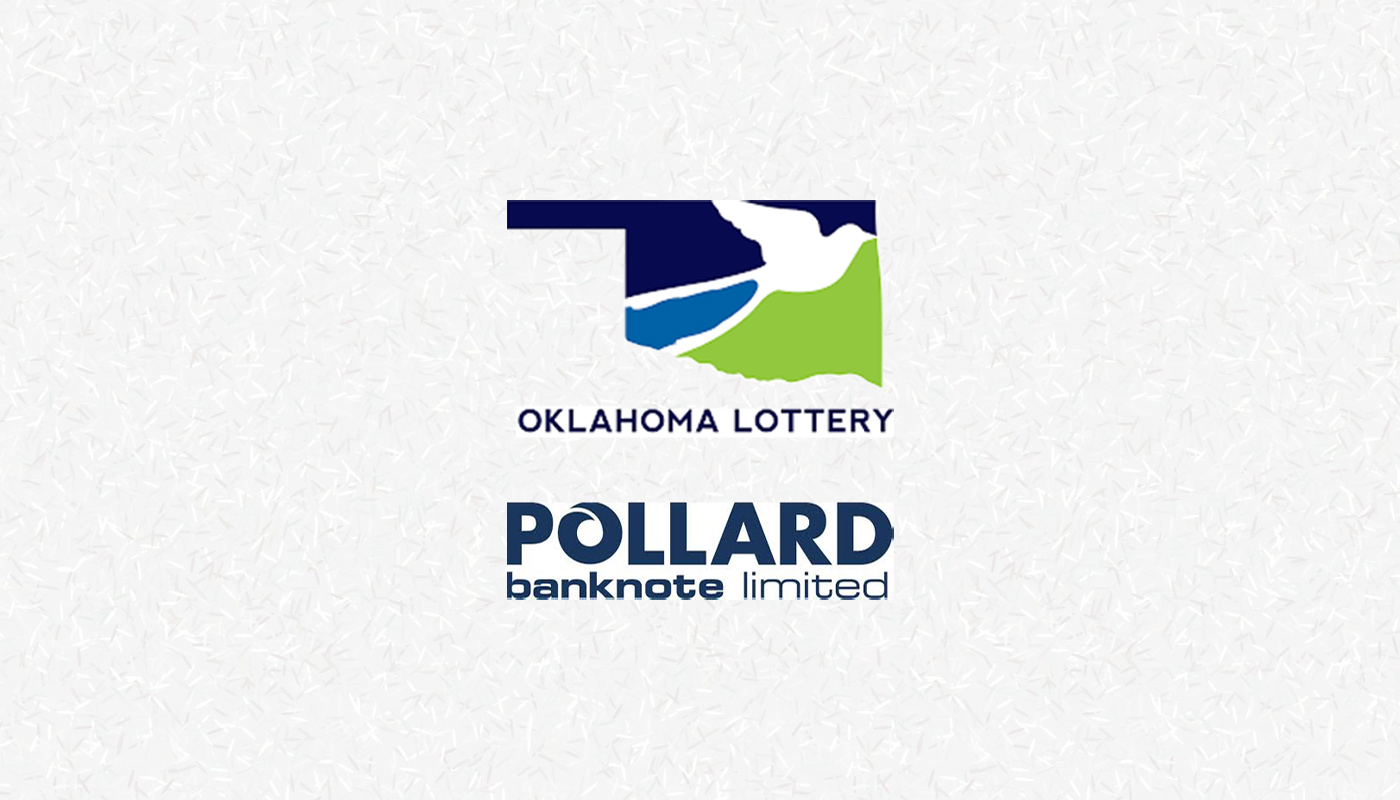
News writer
Although lotteries in the United States date all the way back to the 1770s, when they were fixtures in each of the 13 original colonies, following a series of federal prohibitions in the 1890s, the lottery was all but wiped off the U.S. map. The game's modern era is relatively young: the revival began just 60 years ago, with the establishment of the New Hampshire Lottery in 1964 (Sweepstakes tickets first went on sale in the state on March 12 of that year).
From that humble rebirth, however, state lotteries have snowballed into a massive government business. In 2022, the total revenue from the 45 states that participate in government-operated lotteries, plus the District of Columbia, clocked in at nearly $108 billion (a rather staggering 83 percent increase from 2010 figures). States with the highest total lottery revenue include New York, Florida, Texas, and California, which each took in north of $8 billion that year. For at least 10 states, lottery games regularly generate more total revenue than corporate income taxes. While these swelling proceeds are indisputably impressive—especially considering the growth over the past decade or so—they look even more striking when examined on a per capita basis.
According to a recent report by online lending marketplace LendingTree, the average per capita spending on state-administered lotteries, scratch-off tickets, and video-lottery terminals across the 45 states that participate in those activities was around $320. Residents of Massachusetts are the nation's largest lottery spenders, spending over $1,000 per capita on lottery games every year. These hefty figures demonstrate just how culturally entrenched Powerball, Mega Millions, and the top scratch-offs are for millions of Americans. To wit: nearly half of all U.S. adults buy lottery tickets at least once a year, putting the number of regular players in the country at around 130 million. The games' ubiquity among American adults and the frequency with which so many of them are purchasing tickets go a long way in explaining where that $100-billion-plus in annual revenue comes from.
But the more compelling question, in many ways, is where all that money is going.
Breaking down the lottery proceeds
A good place to start—and the figure that many regular players and average Americans are often most interested in—is how much of the total lottery revenue is returned to winners in the form of prize money. That number, according to the North American Association of State and Provincial Lotteries, stands at around 65%. That leaves over a third of the total proceeds remaining with the state. Of that pool of funds, around 6% goes to retailers and 5% to lottery operations, including advertising costs. So, after prize money and general overhead costs, there's slightly less than a quarter of the total revenue left over—a substantial degree of capital for states bringing in billions each year through their lottery games. These remaining proceeds, which, as of 2022, came to a collective total of around $26 billion, go to what is known as “public beneficiaries.”
Public beneficiaries, which are determined by state legislatures, cover a myriad of worthy civic causes geared toward benefiting citizens; popular examples include education, infrastructure, conservation, public safety, and support for veterans. But much of our understanding of these beneficiaries and the extent to which they're covered in media outlets doesn't go much further than that. As a result, most of us remain in a state of vague, unspecified awareness that states do something worthwhile—even morally righteous—with the money, but we're rarely sure what those outlays are. To get a closer look at who these public beneficiaries are and how, exactly, they advance the public good through the lottery funds they receive, it's worth carrying out a deeper, more precise examination of a few representative states.
Florida: Going all-in on education
While the majority of the 45 states that participate in the lottery distribute their proceeds across several funds and programs, Florida's revenue is all funneled into a single place: the Education Enhancement Trust Fund (EETF). The origins of the EETF date back to 1987, when the State Legislature enacted the Florida Public Education Lottery Act, a piece of legislation that effectively guaranteed that the profits generated by the lottery every year would be dedicated to supporting the state's education system.
The EETF, which had over $2 billion in total appropriations during the 2019-20 fiscal year, disburses these funds to four primary beneficiaries: public schools, state universities, state colleges, and financial aid programs. Roughly $800 million of the total during that year went to public schools, including over $100 million toward reducing class sizes and another $130 million in discretionary funds for individual Florida school districts. State universities, meanwhile, received around $380 million, part of which went to university medical schools and medical centers (the Legislature leaves it up to the State University System Board of Trustees to determine how most of these funds are allocated).
The EETF also distributed more than $600 million to financial aid, much of it in the form of the popular Bright Futures Scholarship Program. The financial aid initiative, which was created by the Legislature in 1997, provides high-achieving high school students in the state with full and three-quarters scholarships toward the completion of a certificate or four-year bachelor's degree.
Florida's unwavering commitment to distributing the entirety of its lottery funds to education has been a substantial boon to the state's colleges, universities, and public schools: since the 1986 constitutional amendment that first established the Florida Lottery, the state-administered games have contributed over $30 billion to education in the Sunshine State.
Colorado: Preserving and enhancing rocky mountain splendor
Unlike many U.S. states, the chief beneficiary of Colorado's Lottery revenue is not its public education system. In 1992, Coloradans voted to direct all future proceeds from its various lottery games—including Powerball, Mega Millions, Lucky for Life, and Colorado Lotto+—to funds that support the great outdoors. These include trusts, projects, grants, and other initiatives focused on state parks, open spaces, public land acquisition, and habitat restoration.
Fully 50% of Colorado Lottery proceeds after prize money and expenses—which in fiscal year 2021 was just shy of $72 million—are earmarked for Great Outdoors Colorado (GOCO). GOCO, whose sole funding source is the state's lottery, is a unique entity that's emblematic of Coloradans' love for their state's wilderness and wild spaces, from the skyscraping Rocky Mountains to the sprawling High Plains and the plethora of tawny canyons and desert mesas. GOCO uses an independent board to award grants to a variety of recipients across the state, including local governments and nonprofit organizations and trusts focused on land conservation and acquisition. To date, GOCO has funded over 5,500 projects, contributed to the conservation of over one million acres of land, and positively impacted 40,000 children through its Generation Wild initiative.
In addition to funding GOCO, the Colorado Lottery commits another 40% of its proceeds, or around $68 million as of fiscal year 2021, to the Conservation Trust Fund (CTF). The CTF, which is administered by Colorado's Department of Local Affairs, distributes these funds to 470 local governments, including counties, cities, and special districts, in amounts proportionate to their respective populations. These governments are then responsible for directing their disbursements to projects aimed at either acquiring and developing new conservation sites or carrying out maintenance, renovations, and other improvements to existing public lands.
The remaining 10% of the lottery's funds are distributed to Colorado Parks and Wildlife, a state agency that manages Colorado's 42 state parks and all of its abundant wildlife populations. Finally, it's worth noting that spillover funds during each fiscal year are directed to the Building Excellent Schools Today (BEST) program, which pays for construction projects for the state's public school system.
Illinois: Diversifying beneficiaries through specialty tickets
The state of Illinois offers yet another unique approach to how states can spend their lottery revenue. In fiscal year 2022, Illinois took in well over $3 billion in total proceeds from its lottery games. After cash prizes, commissions, selling bonuses to retailers, and administrative costs, the government was able to keep roughly $834 million. While the majority of that revenue—$775 million, or over 90%—went to public education via the Common School Fund, the state has established a compelling, innovative system for distributing some of the remaining proceeds.
In January 2006, Illinois launched Ticket for the Cure—a scratch-off ticket whose profits were directed, in their entirety, toward breast cancer research, awareness, and support. It was not only the first Illinois Lottery ticket attached to a specific cause but the “first lottery ticket solely for breast cancer support in the United States,” according to the Chicago Reader. In the ensuing years, the Ticket for the Cure—which was eventually renamed the Carolyn Adams Ticket for the Cure, in honor of the Illinois Lottery superintendent who helped write the legislation for it and usher it into the world—would generate millions of dollars for breast cancer organizations throughout the state. The ticket was so commercially successful and effective at explicitly communicating the link between lottery sales and venerable causes in Illinois, in fact, that it would eventually inspire a series of other “specialty tickets.”
Two years later, in 2008, the Illinois State Legislature introduced a second specialty ticket focused on multiple sclerosis. The legislation that created the ticket also established the MS Research Fund, which operates under the auspices of the state's Department of Public Health and supports medical research devoted to finding a cure for MS and improving the quality of life for those suffering from the condition. In the 15 years since its inception, the scratch-off has raised over $13 million for MS-related causes.
In addition to the issue-focused tickets for breast cancer and multiple sclerosis, the Illinois Lottery has introduced scratch-offs dedicated to addressing a wide array of other critical issues in the state, including assistance programs for the unhoused population; various means of support for the half-million-plus veterans living in Illinois; education and awareness surrounding HIV/AIDS; and training and programming for the Special Olympics.
Just a few months ago, in July 2023, the Illinois General Assembly took a significant step in furthering the reach and legacy of its novel specialty tickets by passing Senate Bill 1508. The law introduced two new beneficiaries to add to the Illinois Lottery's roster of important causes: the United Negro College Fund Illinois and the Illinois DREAM Fund Commission.
Reflecting, supporting, and advancing a state's ideals
By almost any measure, lotteries provide a substantial financial boost for states, offering a meaningful complementary stream to the sales, income, property, and corporate taxes that typically serve as their primary sources of revenue. Lottery proceeds continue to grow at a brisk pace, giving the 45 participating states millions in additional funds to direct toward any number of worthwhile civic causes, projects, and organizations.
In some ways, following the money and examining where profits from lottery games are going can offer an illustrative window into a state's values and ideals, into who and what it wants to protect, elevate, and champion. There's little surprise, then, in the fact that the most popular and ubiquitous public beneficiaries of lotteries are public school systems and states' educational infrastructure by large, from scholarships and higher education facilities to literacy programs. Education is how states foster stability and opportunity for their rising generations, and just about every citizen can get on board with the idea of strengthening its funding and support.
Other causes offer more intriguing, demonstrative glimpses into what states are most interested in representing. The Colorado state government is committing close to $200 million every year to public lands, parks, and conservation efforts—a powerful actualization of Coloradans' passion for their state's pristine beauty and sweeping, postcard-perfect vistas. Indiana, meanwhile, earmarks tens of millions of dollars from its lottery proceeds every year to support pensions and retirement funds for teachers, police officers, and firefighters. And Arizona uses part of its lottery profits to support courses offered by the state's tribal colleges.
Much more than just a way for state governments to top off their coffers and pad their budgets, lottery revenue can give them the financial flexibility they need to support deserving individuals and worthwhile causes and embody convictions all their citizens can proudly stand behind.
















Comments